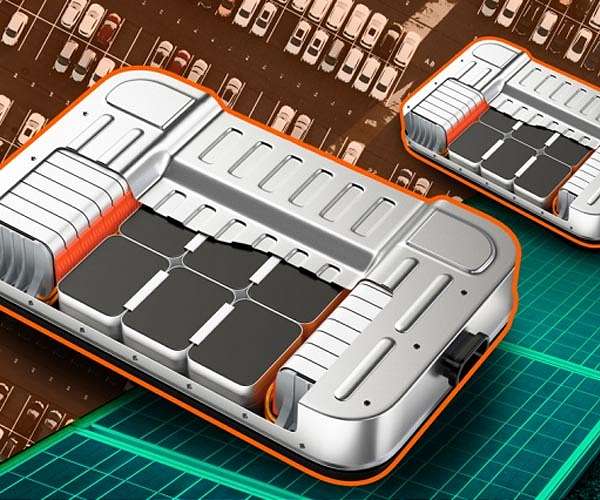The new lithium-sulfur battery is fully charged in 12 minutes for more than 1000 cycles
The research team led by Professor Jong-sung Yu from the DGIST Department of Energy Science and Engineering has introduced a significant advancement in lithium-sulfur battery technology. Using a new nitrogen-doped porous carbon material, the team has dramatically improved charging speeds, addressing a key barrier to the commercialization of lithium-sulfur batteries.
Although lithium-ion batteries dominate environmentally friendly technologies such as electric vehicles, their limitations include lower energy storage and high costs. Lithium-sulfur batteries, on the other hand, have attracted attention due to their high energy density and cost-effective sulfur components. However, issues such as reduced sulfur use during fast charging have hindered market acceptance.
During battery discharge, lithium polysulfides can form, which migrate into the battery and reduce its performance. Previous approaches to integrate sulfur into porous carbon structures have shown promise but have not achieved the level of performance needed for commercialization.
Professor Yu’s team addressed these challenges by developing a highly graphitic nitrogen-doped multiporous carbon material and integrating it into the battery cathode. This technology maintains a high energy capacity even under fast charging conditions.
The advanced carbon material was synthesized via a magnesium-assisted thermal reduction method, using magnesium and ZIF-8, a metal-organic framework. High temperature reactions with magnesium improve the stability and robustness of the carbon structure, creating a diverse pore system. This allows for a higher sulfur load and improves the interaction between sulfur and the electrolyte, leading to better battery performance.
The lithium-sulfur battery in the study showed remarkable capabilities, with a capacity of 705 mAh g? under fast charging conditions with a full charge in just 12 minutes. This represents a 1.6-fold improvement over conventional batteries. In addition, nitrogen doping effectively suppressed the migration of lithium polysulfide, allowing the battery to maintain a capacity of 82% after 1,000 charge-discharge cycles, highlighting its long-term stability.
Collaboration with Dr. Khalil Amine of Argonne National Laboratory enabled advanced microscopic analyzes confirming that lithium sulfide (Li2S) forms in a specific orientation within the layered carbon structures. This confirmed that nitrogen doping and the porous architecture improved sulfur loading and enhanced sulfur reactions, thereby accelerating loading rates.
“This research aimed to improve the charging speed of lithium-sulfur batteries using a simple synthesis method involving magnesium. We hope this study will accelerate the commercialization of lithium-sulfur batteries,” said Professor Jong-sung Yu.
Research report:Tailor-made deposition of Li2S for extremely fast-charging lithium-sulfur batteries


